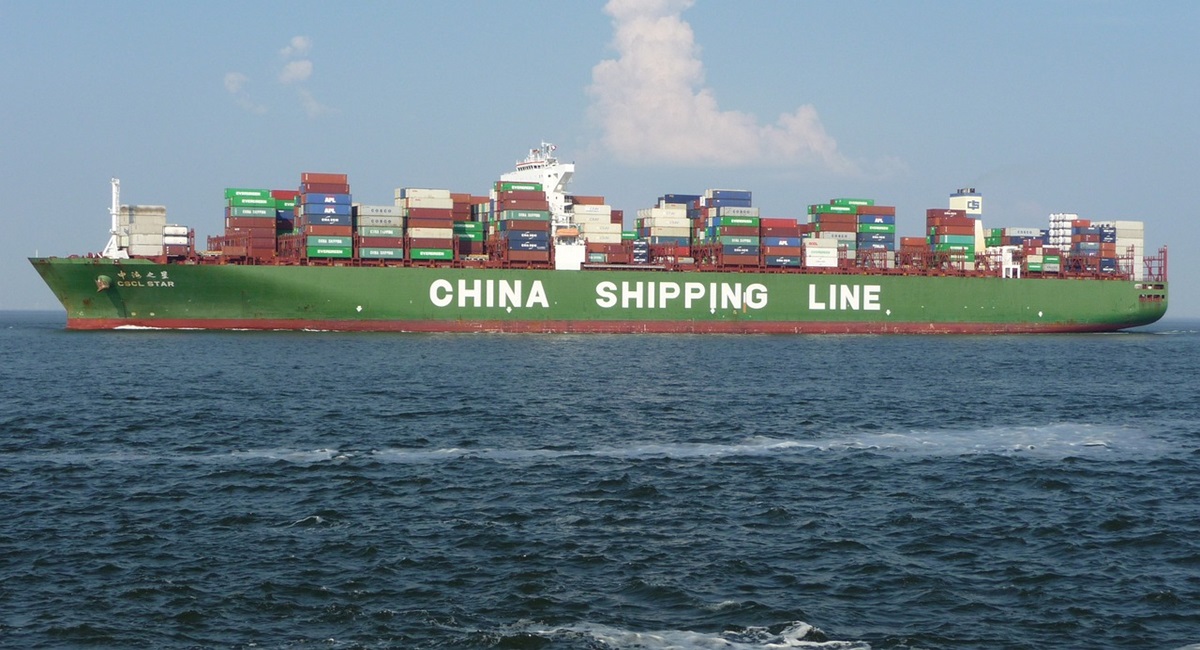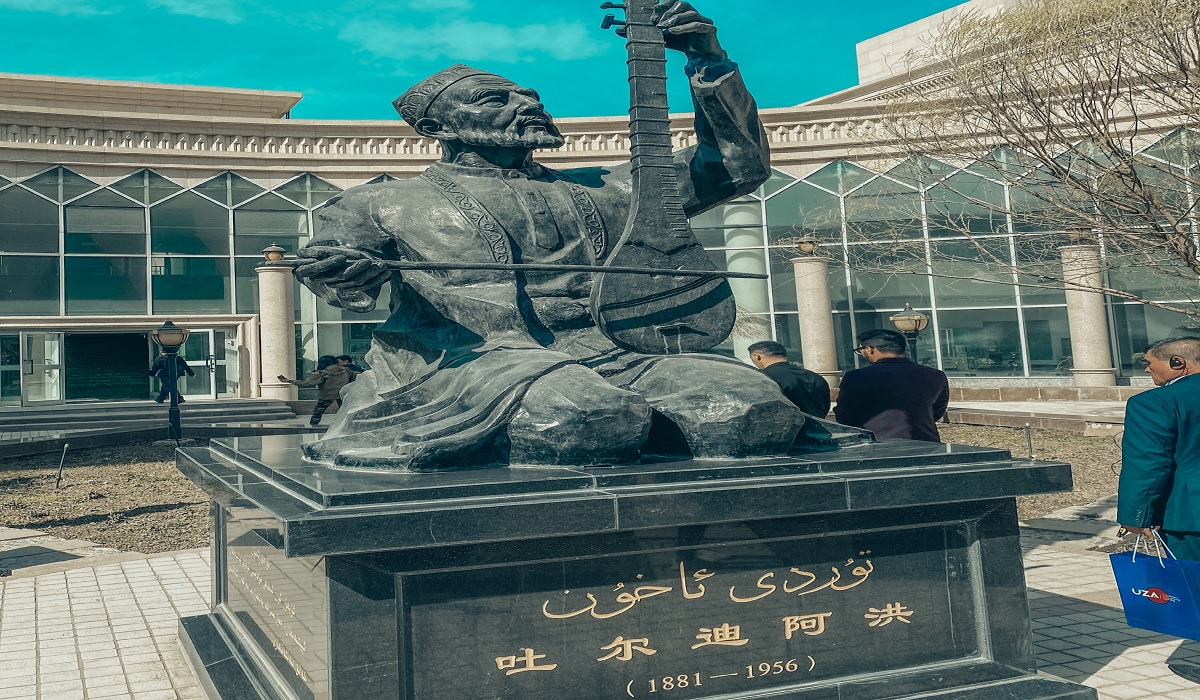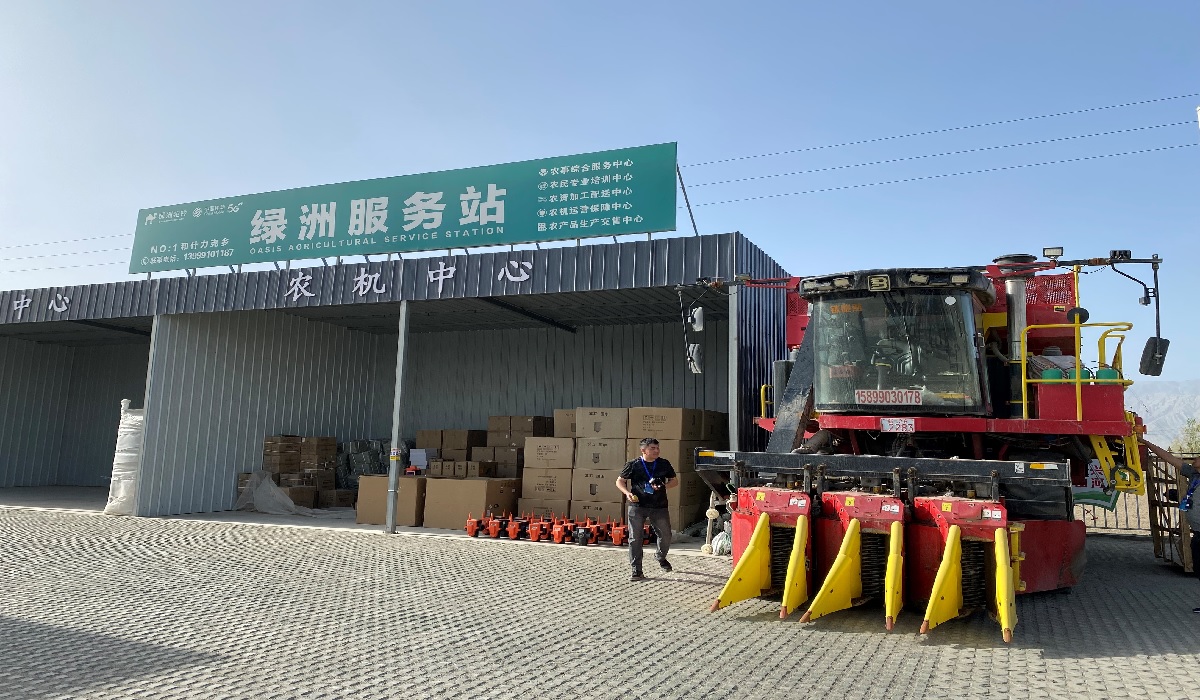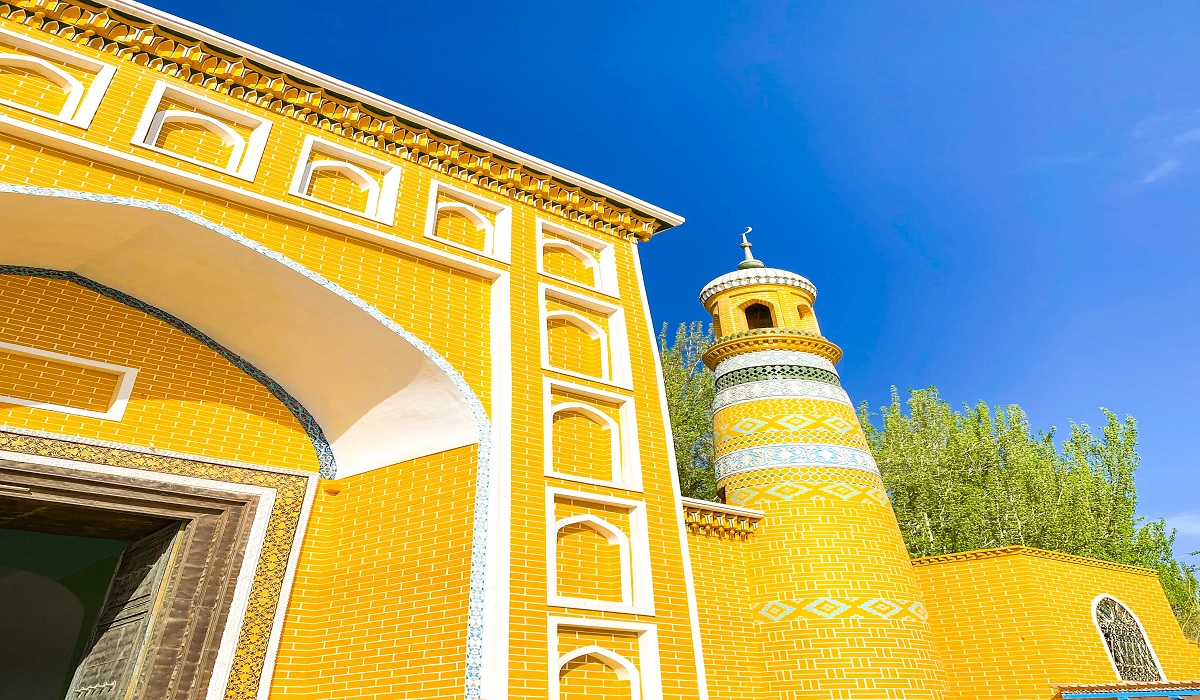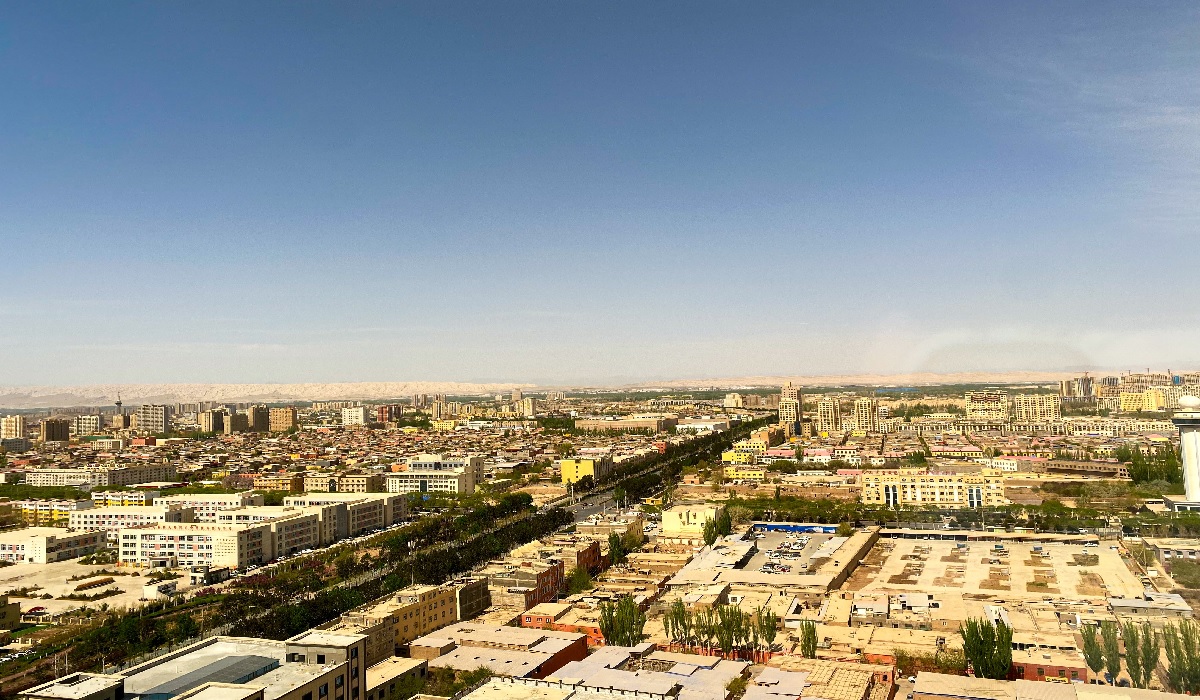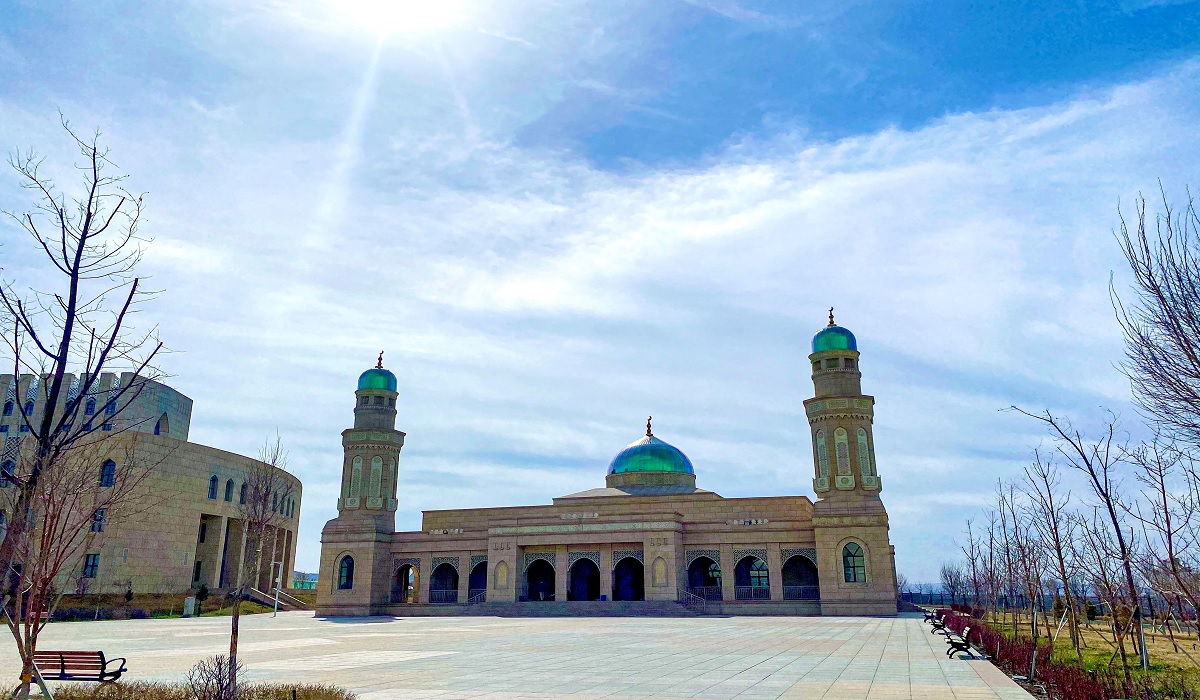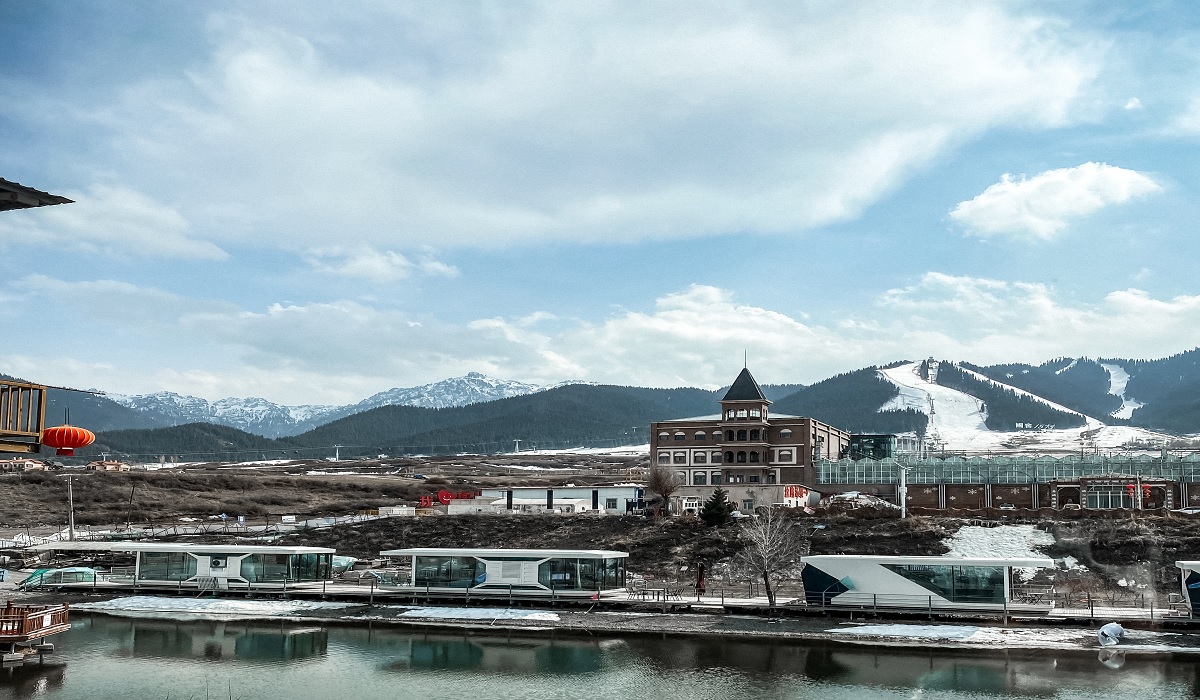As of November 2023, 155 countries have signed up for the Belt and Road Initiative (BRI). The participating countries include almost 75% of the world’s population and account for more than half of the world’s GDP.
The initiative was unveiled by the General Secretary of the Chinese Communist Party (CCP) and President Xi Jinping in September and October 2013 during visits to Kazakhstan and Indonesia. Chinese Premier Li Keqiang thereafter promoted it during state visits to Asia and Europe.
“Belt” is short for the “Silk Road Economic Belt,” referring to the proposed overland routes for road and rail transportation through landlocked Central Asia along the famed historical trade routes of the Western Regions, whereas “road” is short for the “21st Century Maritime Silk Road”, referring to the Indo-Pacific sea routes through Southeast Asia to South Asia, the Middle East and Africa. Examples of Belt and Road Initiative infrastructure investments include ports, skyscrapers, roads, bridges, airports, dams, coal-fired power stations, and railroad tunnels and tracks.
The initiative was incorporated into the Constitution of the Chinese Communist Party in 2017. The Xi Jinping Administration describes the initiative as “a bid to enhance regional connectivity and embrace a brighter future.”The project has a target completion date of 2049, which will coincide with the centennial of China’s founding.
The BRI can boost trade flows in 155 participating countries by 4.1 percent, as well as cutting the cost of global trade by 1.1 percent to 2.2 percent, and grow the GDP of East Asian and Pacific developing countries by an average of 2.6 to 3.9 percent.
The BRI is likely to increase the world GDP by $7.1 trillion per annum by 2040, and that benefits will be “widespread” as improved infrastructure reduces “frictions that hold back world trade.” CEBR also concludes that the project will likely attract more countries to join if the global infrastructure initiative progresses and gains momentum.
The objectives are “to construct a unified large market and make full use of both international and domestic markets, through cultural exchange and integration, to enhance mutual understanding and trust of member nations, resulting in an innovative pattern of capital inflows, talent pools, and technology databases.” The Belt and Road Initiative addresses an “infrastructure gap” and thus has the potential to accelerate economic growth across the Asia Pacific, Africa and Central and Eastern Europe.
Asia, excluding China, requires up to US $900 billion of infrastructure investments annually over the next decade. Many Asian and Eastern European heads of state gladly agreed to join this new international financial institution, focusing solely on real assets and infrastructure-driven economic growth.
The initial focus has been infrastructure investment, education, construction materials, railway and highway, automobile, real estate, power grid, iron and steel. Already, some estimates list the Belt and Road Initiative as one of the largest infrastructure and investment projects in history, covering more than 68 countries, including 65% of the world’s population and 40% of the global gross domestic product as of 2017.
The Belt and Road Initiative now refers to the entire geographical area of the historic “Silk Road” trade route, continuously used in antiquity. The objectives of the BRI encompass multiple facets, including the development of the Renminbi as a global currency, the enhancement of Asian infrastructure, diplomatic strengthening to reduce dependence on the US, and the creation of new markets for Chinese products. Additionally, the initiative aims to export surplus industrial capacity and integrate commodities-rich nations more closely into the Chinese economy.
The G7 industrial country Italy has been a partner in developing the project since March 2019 but declared its intention in July 2023 to quit the BRI. According to estimates, the project today affects more than 60% of the world’s population and approximately 35% of the global economy. Trade along the Silk Road could soon account for almost 40% of total world trade, mainly by sea. The land route of the Silk Road also appears to remain a niche project in terms of transport volume in the future.
In the maritime Silk Road, which is already the route for more than half of all containers worldwide, deep-water ports are being expanded, logistical hubs are being built, and new hinterland traffic routes are being created. The maritime Silk Road runs with its connections from the Chinese coast to the south, linking Hanoi, Kuala Lumpur, Singapore, and Jakarta, then westward, linking the Sri Lankan capital Colombo, and Malé, capital of the Maldives, and onward to East Africa, and the city of Mombasa, in Kenya. From there, the linkage moves northward to Djibouti, through the Red Sea and the Suez Canal to the Mediterranean, thereby linking Haifa, Istanbul, and Athens to the Upper Adriatic region to the northern Italian hub of Trieste, with its international free port and its rail connections to Central Europe and the North Sea.
As a result, Poland, the Baltic States, Northern Europe, and Central Europe are also connected to the maritime Silk Road and logistically linked to East Africa, India and China via the Adriatic ports and Piraeus. All in all, the ship connections for container transports between Asia and Europe will be reorganized. In contrast to the longer East Asian traffic via north-west Europe, the southern sea route through the Suez Canal towards the junction Trieste shortens the goods transport by at least four days.
China is also trying to network worldwide research activities in connection with the Silk Road project. It has already invested billions of dollars in several South Asian countries like Pakistan, Nepal, Sri Lanka, Bangladesh, India, and Afghanistan to improve their basic infrastructure. This project has the potential to impact China’s trade dynamics and military influence and establish a novel economic corridor for diverse regions.
The writer is an editor, book ambassador, political analyst and author of several books based in Islamabad. He can be reached at naveedamankhan@hotmail.com and tweets@AmanNaveed 11

